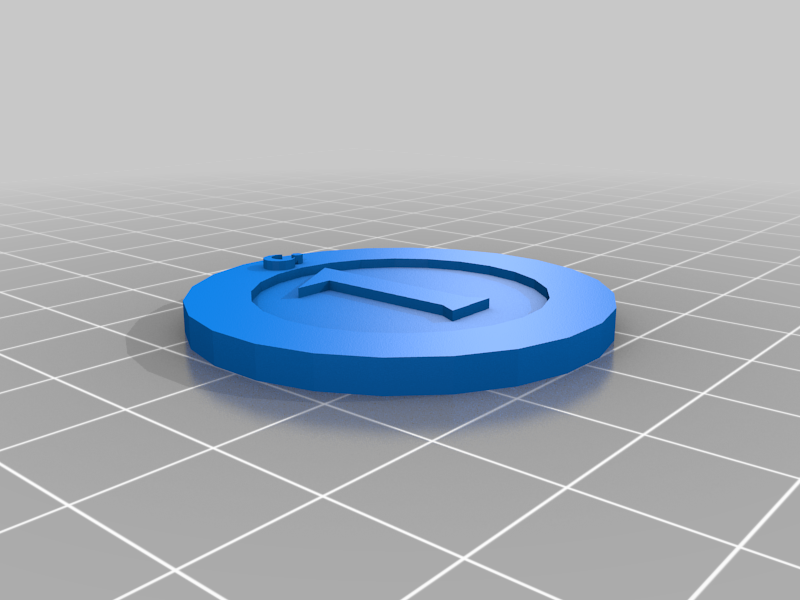
Turkish lira
thingiverse
The first Turkish lira In 1922-23 a new coinage of aluminium-bronze 2 1⁄2, 5 and 10 cents and nickel 25 cents was introduced. These were the last Turkish coins written in the Arabic script. In 1934, silver coins worth 1 lira were issued, and the following year a new coin was issued consisting of copper-nickel 1, 5 and 10 kuruş, silver 25 and 50 kuruş and 1 Turkish lira. The aluminum-bronze 1⁄4 kuruş coins were the last coins to have this value between 1940 and 1942. Nickel-brass coins replaced silver at 25 cents in 1944, while brass introduced between 1947 and 1949 was replaced by 1, 2 1⁄2, 5, 10, and 25 cents. Silver 50 kuruş and 1 lira were put into circulation in 1948, copper-nickel 1 lira in 1957. Between 1958 and 1963, bronze 1, 5, and 10 cents and steel 25 cents, 1 and 2 1⁄2 pounds were introduced, followed by steel 50 cents and 5 pounds in 1971 and 1974. Aluminum replaced bronze in 1975. These coins were minted until 1980. In 1981, 1, 5 and 10 lira aluminum coins were introduced as inflation accelerated. This was followed by higher denominations over time: 20, 50 and 100 liras in 1984, 25 liras in 1985, 500 liras in 1988, 1,000 liras in 1990, 2,500 liras in 1991, 5,000 liras in 1992, and 1994. 10,000 liras, 25,000 liras in 1995, 50,000 liras in 1997 and 100,000 liras in 1999. This peaked in 2002 with the 250,000 pound coin. 2009-present From 1 January 2009, the phrase "new" was removed from the second Turkish lira and its official name in Turkey became "Turkish lira" again; New non-"new" coins were introduced in denominations of 1, 5, 10, 25, 50 cents and 1 lira. In addition, the inner and outer alloys of the 50 kuruş and (1 TL) coins were reversed.
With this file you will be able to print Turkish lira with your 3D printer. Click on the button and save the file on your computer to work, edit or customize your design. You can also find more 3D designs for printers on Turkish lira.
